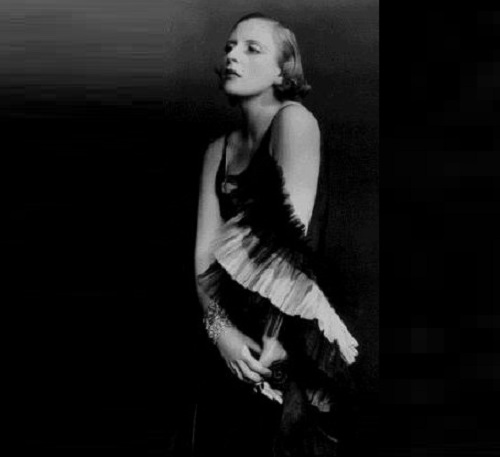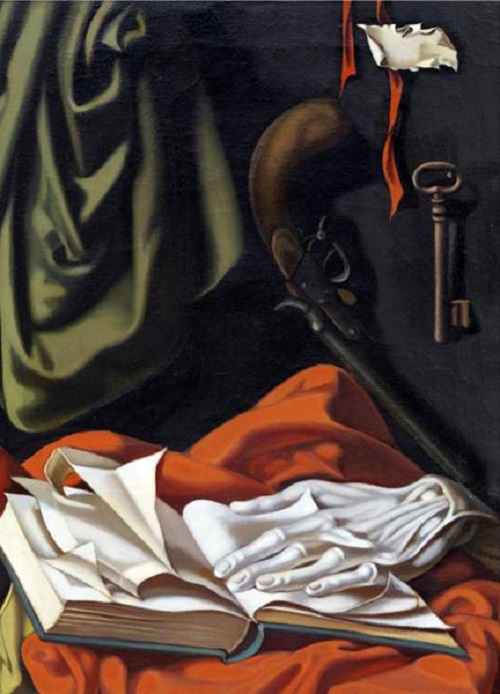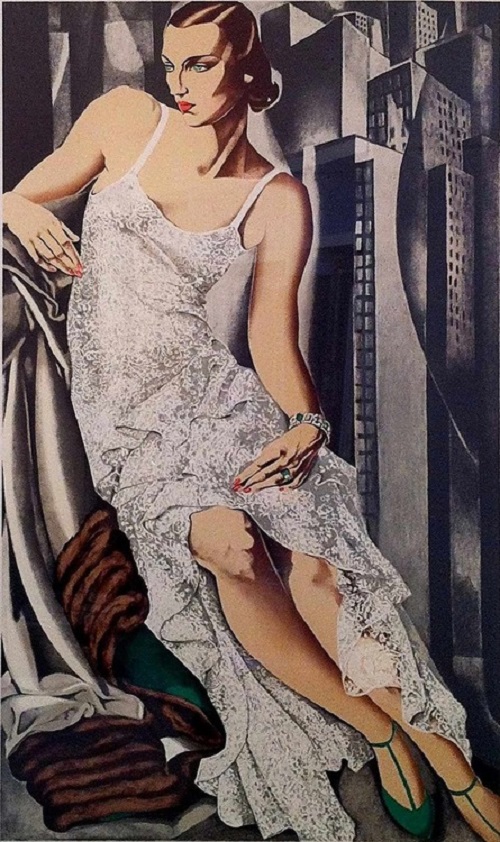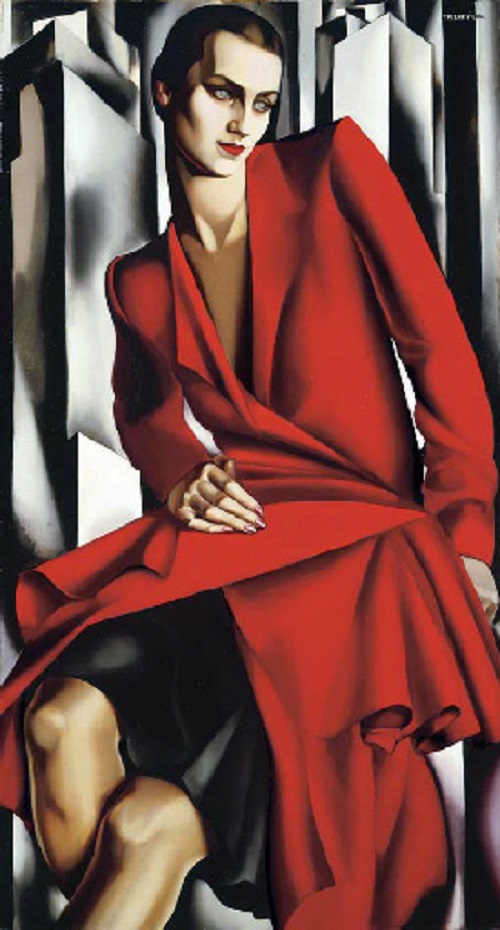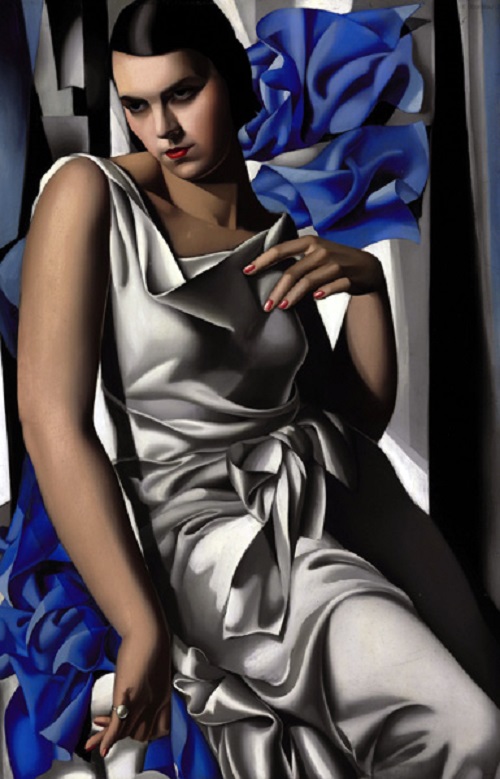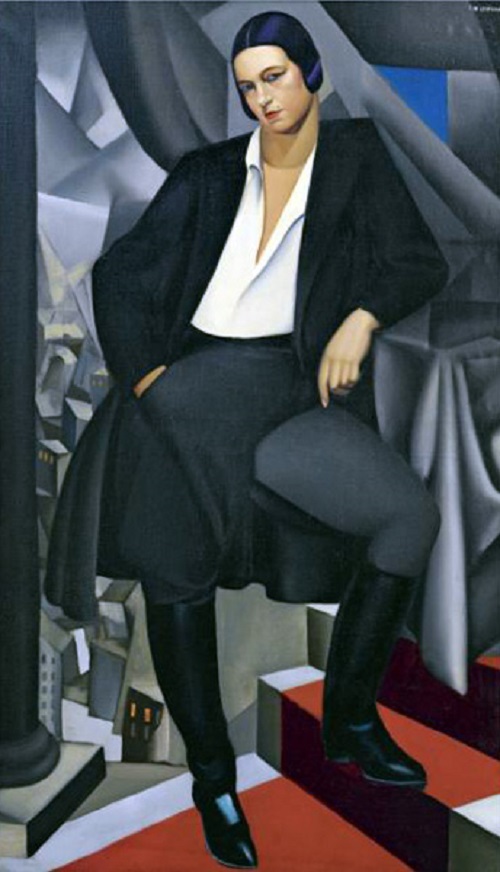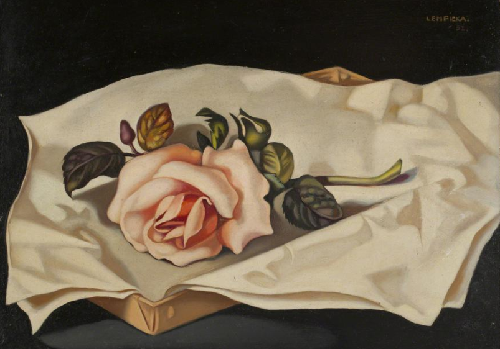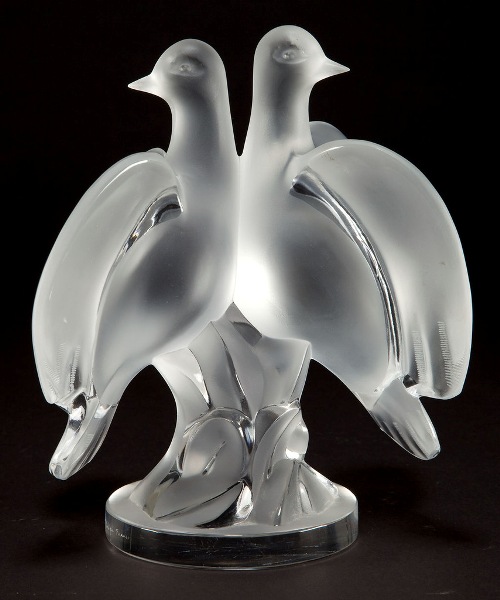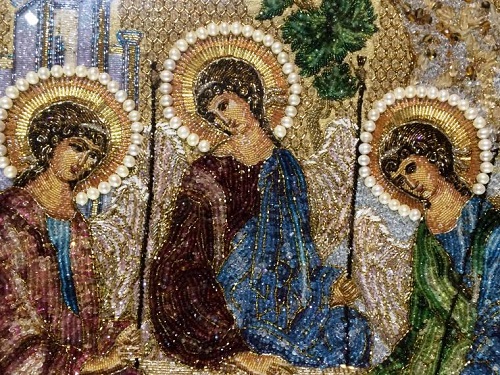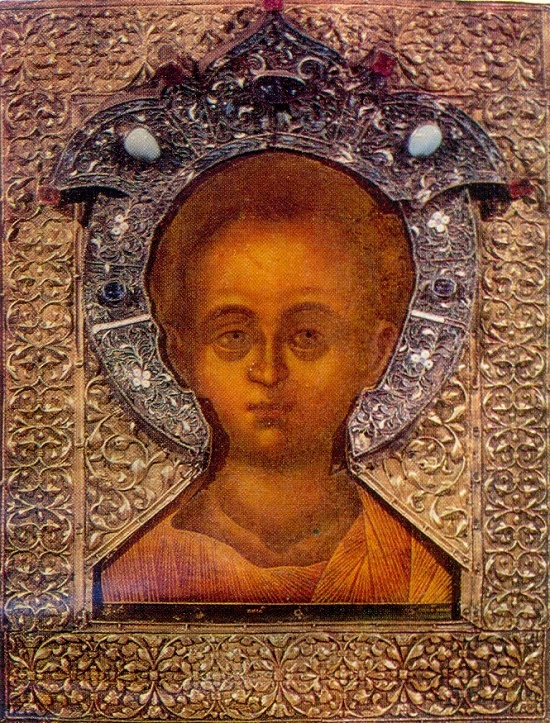Art Deco Icon Tamara de Lempicka
Impressionist and Modern Art Paintings by Tamara de Lempicka (1898-1980) has become the most expensive lots sold at auctions, more than some works of Monet and Renoir. In the top the list – 1932 “Portrait of Marjorie Ferry” ($ 4-6 million). The work by Tamara de Lempicka “Portrait of Madame M.” was purchased by an unknown buyer for $ 6.1 million. Her works are found in many video clips of Madonna. One of her paintings was featured in the famous television series Buffy – The Vampire Slayer (Season 5). Jack Nicholson and Barbra Streisand are among art collectors of paintings by Art Deco Icon Tamara de Lempicka. “I live life in the margins of society, and the rules of normal society don’t apply to those who live on the fringe.” — Tamara de Lempicka
In 1914, Tamara de Lempicka – artist of Russian origin (she was not born in Warsaw, as previously thought, but in Moscow), she moved to St. Petersburg, where she met her future husband, lawyer Tadeusz Lempicka. After the revolution, the Lempickas were forced to urgently go abroad, to France. Experiencing financial difficulties, Tamara took lessons from the famous French painters – Andre Lhote and Maurice Denis. She created her own style of decorative painting, perfectly reflecting the aesthetic era. In her work combined the features of cubism, neoclassicism and specific realistic manner. She portrayed successful and wealthy people: ideal beautiful women, vaguely like one another. Recognition of her manners at times borders on monotony. But it was her, like no one else, was able to bring to the painting style of “roaring 20s”.
Tamara de Lempicka was part of the bohemian Paris during the roaring 1920s, she was familiar with Pablo Picasso, Jean Cocteau and Andre Gide. Known for her love affairs, the artist was bisexual and her romances with both men and women, were presented to the public in such a way that at the time were very controversial. In her works she often used the narrative elements and nudity for the inhibitory effect of passion and seduction. In the 1920s she became closely associated with lesbian and bisexual in artistic and literary circles, she had affairs with famous women as Vita Sackville -Uest, Colette, Suzy Solidor, etc. She was also credited with an affair with Suzy Solidor, nightclub singer in Boîte de Nuit, who later posed for a few pictures of the artist. Her husband eventually tired of her love affairs and left her in 1927. They divorced in 1931 in Paris.
Tamara de Lempicka literally created her own biography – “correcting” her past (dangerous in the 1930s Jewish origin was replaced by aristocratic Polish), and then became famous due to her love story with the writer Gabriele D’Annunzio. In addition, she was constantly in a circle of well-known customers and models (among them, the futurist Marinetti and Coco Chanel, Prince Yusupov and the Grand Duke Gabriel K., representatives of the European aristocracy and American movie stars).
In 1930 Tamara de Lempicka moved to the USA where she married Baron Raoul Kufner and settled in New York. Brilliant career of Tamara de Lempicka was completed in late 1930. De Lempicka was trying to capture the spirit of the new age – during the war, painted abstract compositions. However, they did not bring any success to her former glory. In the 1940-1950 the artist began to work in a completely unexpected style: creates calm, classic paintings – still lifes, genre scenes, religious subjects, even in the spirit of Spanish artists of the XVII century. In our time, the things of this period rarely appear at auction, and often remain unsold. More recently, in June 2008, at the Paris auction Aguttes was exhibited “St. Anthony” – the post-war work by de Lempicka with a ridiculous estimate (€ 40-50 thousand), but did not find a buyer.
Obsessed with creativity and social life, de Lempicka neglected her daughter Kizette more than her husband, giving her a little time and attention. When Kizette was not far from her private boarding school, she lived with her grandmother Malvina. When de Lempicka informed her mother and daughter, he would not return from America for Christmas in 1929, Malvina was so furious that burned a huge collection of designer hats of Tamara. Kizette just watched them burn one after another. Despite the lack of attention on the part of the mother, Kizette was immortalized in the paintings of de Lempicka, who repeatedly painted her only child, leaving a series of portraits “Kizette in Pink” (1926), “Kizette on the balcony” (1927), “Kizette sleeps “(1934),” Portrait of Baroness Kizette”(1954-55), and so on.
In 1960, the artist returned to former glory, already as a living classic. From this point her work are the subject of endless resales – first in the galleries, and then at auctions in Europe and America. Portraits of famous people once seen as a model of style of a bygone era, they move from collection to collection. In the case of de Lempicka, the portrait painting of the artist valued high at auctions. At the last auction of Sotheby’s, for example, “Still Life with calla lilies and a photo of Arlette Boucard” went for $ 1.5 million.
In the late 1960s Tamara de Lempicka moved to the Mexican province. She died 18 March 1980 (aged 81) in Cuernavaca, Mexico. According to her will, her ashes were scattered over the volcano Popocatepetl.
History of auction sales of Tamara de Lempicka at first sight puzzling: in 1998 the price of her stuff was more than $ 1 million, and in the next few years, they did not rise above $ 200 thousand. Starting from 2002, interest returns and experiencing a new rise. Rates have steadily increased – $ 2 million, then $ 4 million, and in May 2004, reached a record, “Portrait of Madame Bush” went at Christie’s for $ 4.1 million. Prices for works of de Lempicka differ by orders of magnitude depending on the the establishment of the work, as well as fashion.

